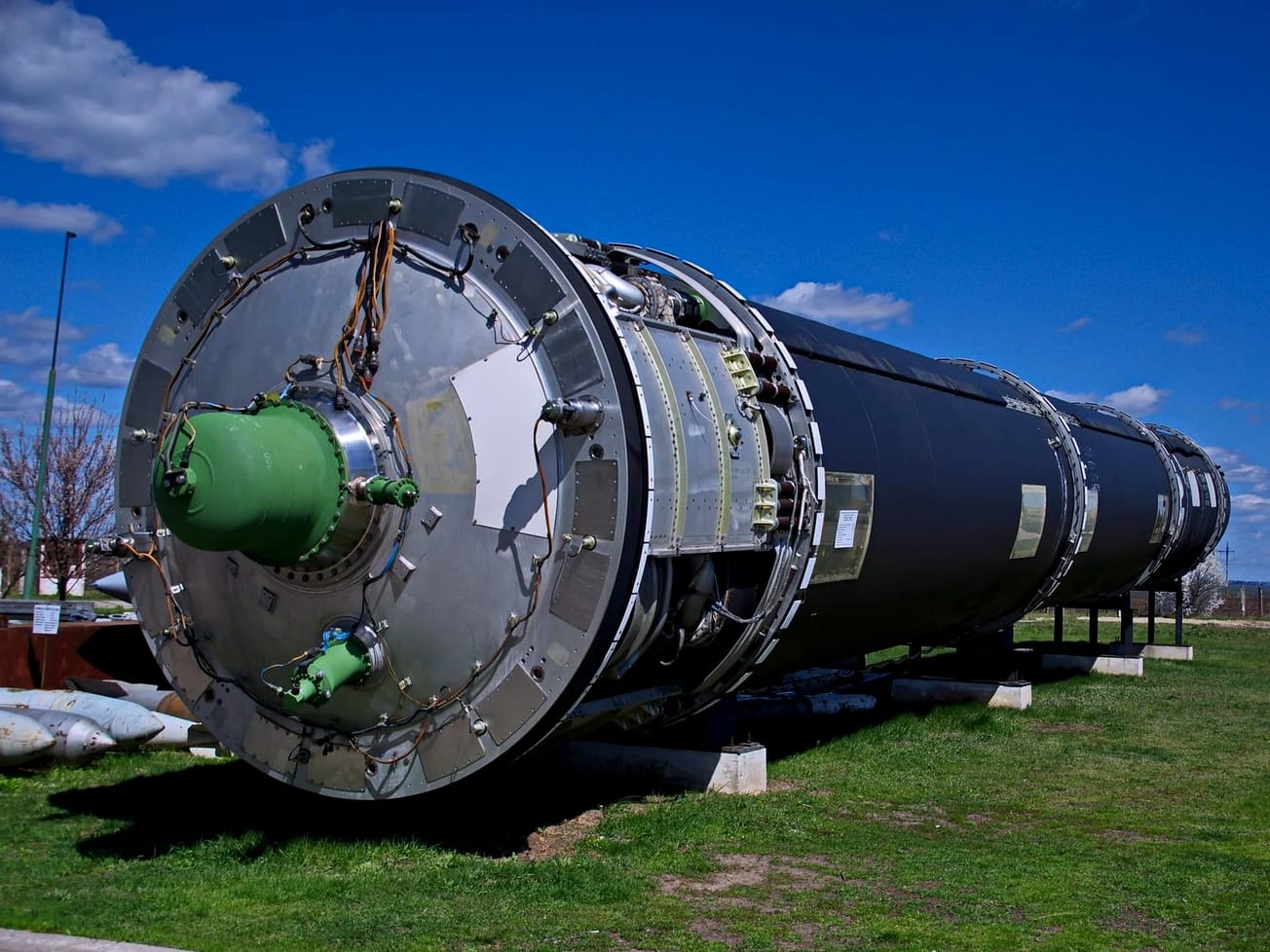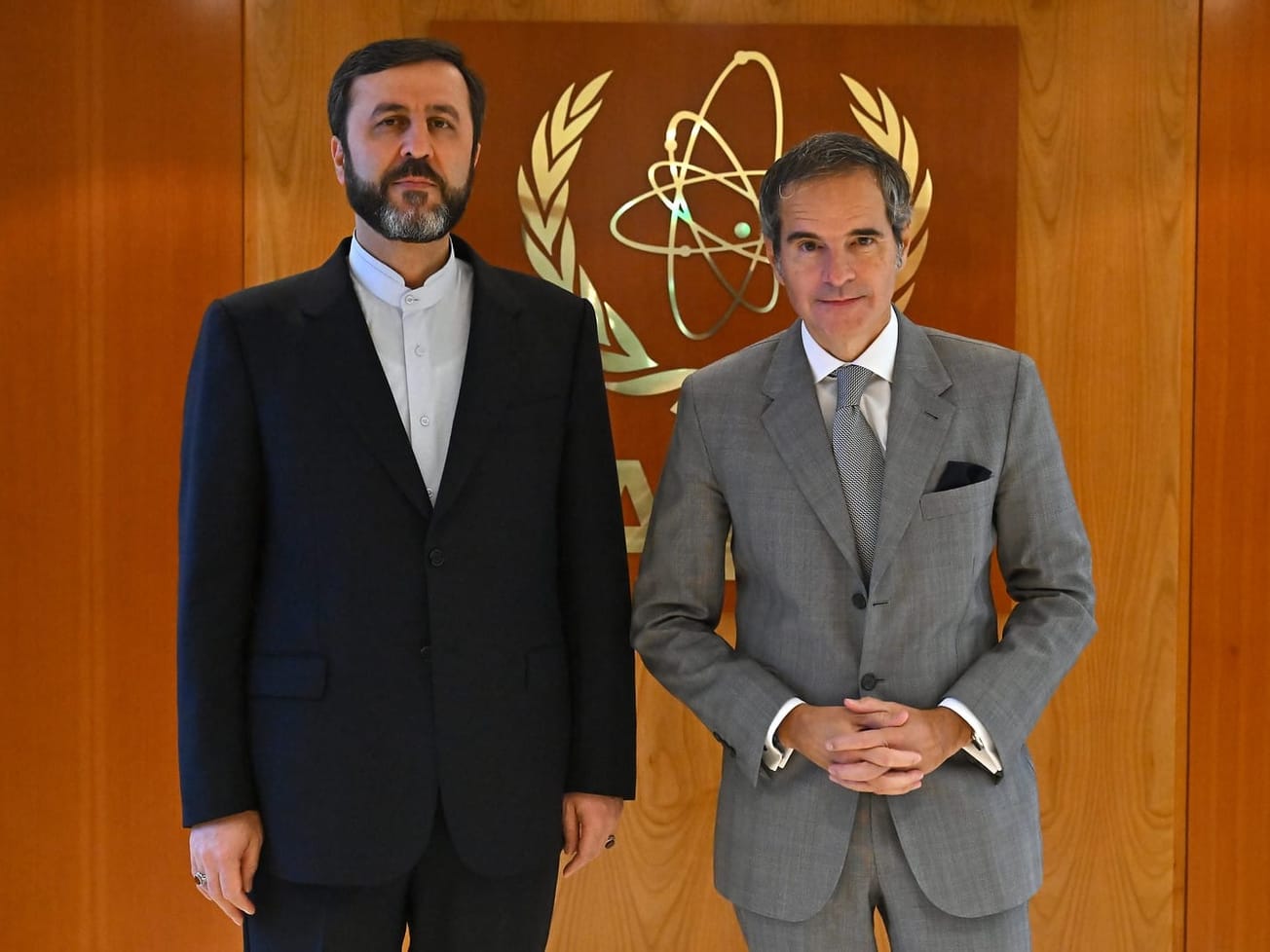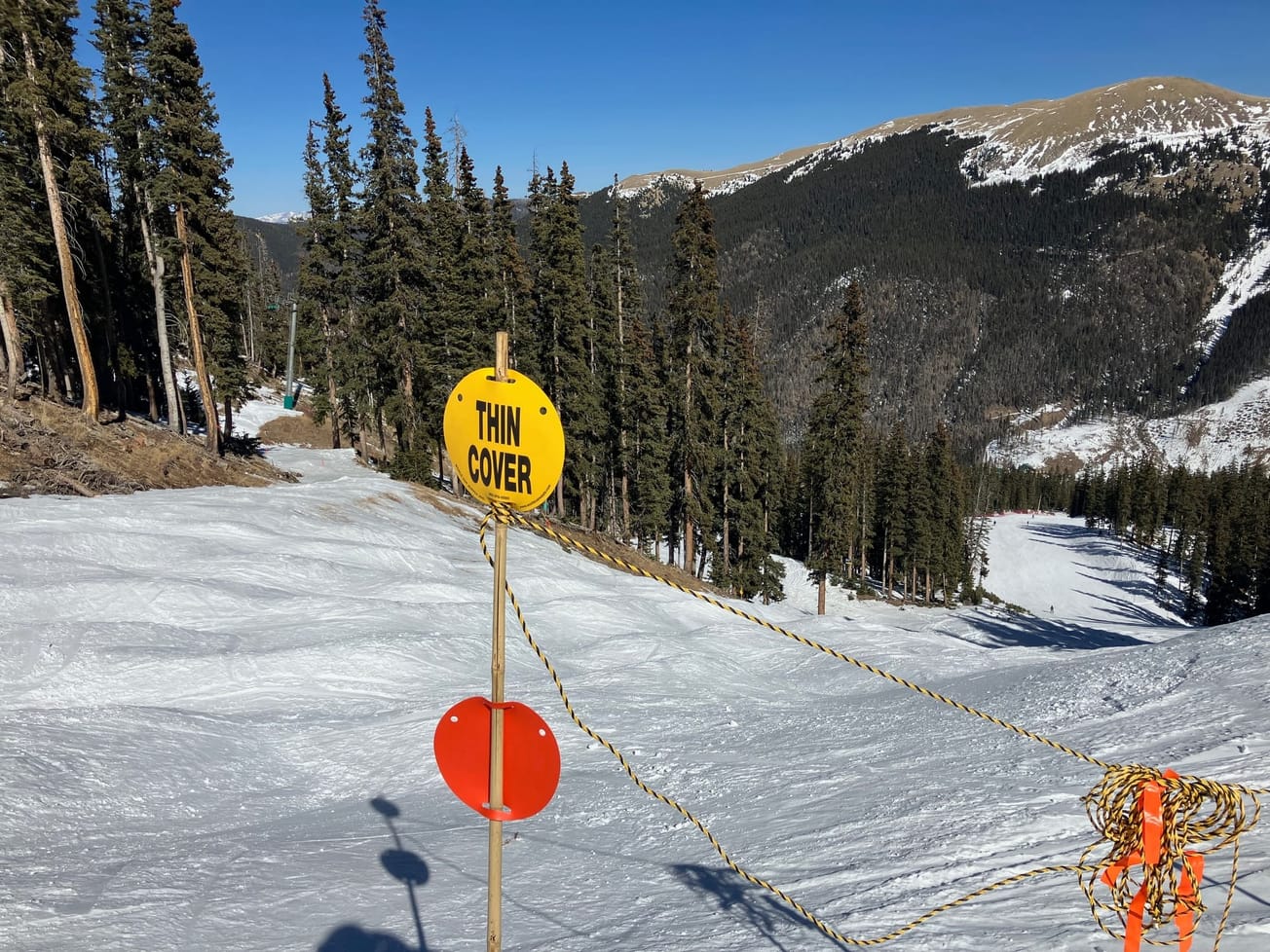The U.N.'s nuclear watchdog agency positioned staff on-site to actively monitor the start of Japan's discharge of treated radioactive water from the Fukushima Daiichi nuclear plant into the Pacific Ocean.
With the release of more than 1 million metric tons of wastewater planned to begin later this week, the International Atomic Energy Agency said on Tuesday it has been preparing for this moment for the past two years and will conduct an impartial, independent, and objective safety review during the discharge phase.
"IAEA staff are working there so that they can continue to monitor and assess these activities on site to ensure that they continue to be consistent with the safety standards, including on the day of the start of the discharge and after," it said.
The agency's report last month concluded that Japan's wastewater discharge plans were consistent with international safety standards and would have a negligible radiological impact on people and the environment.
Japan's Prime Minister Fumio Kishida said he asked Tokyo Electric Power Company Holdings to discharge the treated water stored at the nuclear plant as early as Thursday "if weather and sea conditions do not hinder it."

A decades-long environmental process
IAEA and Japan agreed the Vienna-based U.N. agency would maintain an on-site presence at the plant and publish real-time and near real-time monitoring data. The process of releasing the water is expected to last more than three decades.
Japan's neighbors in the Pacific, particularly China and South Korea, and its own fishing industry are opposed to the years-long release of the water, which has been diluted to lessen the tritium concentrations and filtered to remove radioactive elements. The fishing season gets underway at the start of September.
“The government is committed to taking full responsibility until the disposal of the treated water is completed, even if it takes decades to complete,” Kishida said.
The water has been stored in metal tanks in the wake of the Fukushima Daichi accident in 2011 – the worst nuclear accident since the 1986 Chernobyl disaster at a Soviet Union nuclear reactor in a region now recognized as Ukraine, and the only incident ever to be declared a “Level 7” on the International Nuclear Event Scale.
An earthquake sparked a tsunami that knocked out power for coolant systems at the station in central Japan, leading to three nuclear meltdowns and hydrogen explosions that released radiation and forced the evacuation of more than 150,000 people from the surrounding area.
Japan said it lacks the space to build more metal tanks that can hold all of the contaminated groundwater and rainwater that keeping entering the site of the accident.








